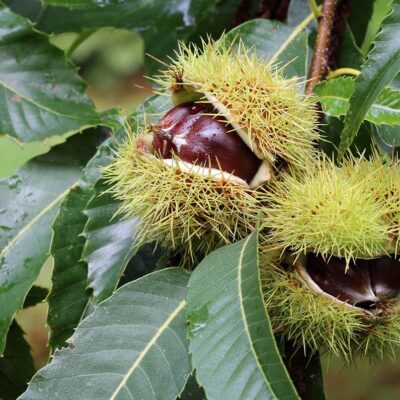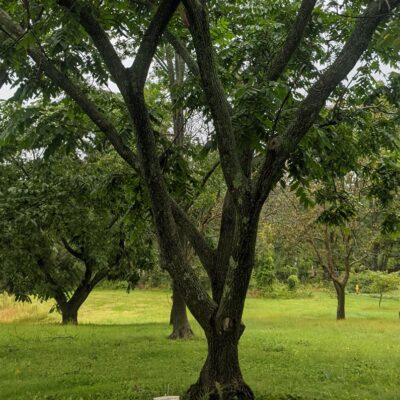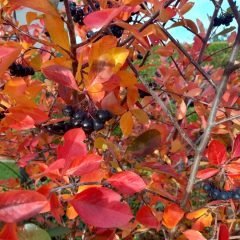Fall ’25 Bare-Roots – Order Now
Fall ’25 Bare-Roots – Order Now
Acer saccharum
A common sight in forested areas from the Appalachian mountains to New England and Canada, this species is used by people to make delicious maple syrup and provides high quality hardwood used in many different applications. It prefers fertile, moist soils and is very shade tolerant, an ecologically unique trait among desirable tree species. It can do well as a shade tree in a yard, but does not tolerate drought, road salt, or pollution. After about 40 years, the tree can be tapped for syrup. Red, gray, and flying squirrels enjoy the seeds, buds, twigs, and leaves. Although the flowers appear to be wind-pollinated, the early produced pollen may be important to the biology of bees and other pollen-dependent insects because many insects, especially bees, visit the flowers.
Zone: 3-8 (Map)
Habitat: Moist, well-drained soil. Part shade to full sun.
Growth: 50-100 ft tall, 30-60 ft wide at maturity.


Sugar maple is a slow-growing, long-lived and majestic tree, and the only tree species used today for commercial maple syrup production.
Sugar maple is a slow-growing, long-lived and majestic tree, and the only tree species used today for commercial maple syrup production.
Acer saccharum
A common sight in forested areas from the Appalachian mountains to New England and Canada, this species is used by people to make delicious maple syrup and provides high quality hardwood used in many different applications. It prefers fertile, moist soils and is very shade tolerant, an ecologically unique trait among desirable tree species. It can do well as a shade tree in a yard, but does not tolerate drought, road salt, or pollution. After about 40 years, the tree can be tapped for syrup. Red, gray, and flying squirrels enjoy the seeds, buds, twigs, and leaves. Although the flowers appear to be wind-pollinated, the early produced pollen may be important to the biology of bees and other pollen-dependent insects because many insects, especially bees, visit the flowers.
Zone: 3-8 (Map)
Habitat: Moist, well-drained soil. Part shade to full sun.
Growth: 50-100 ft tall, 30-60 ft wide at maturity.

